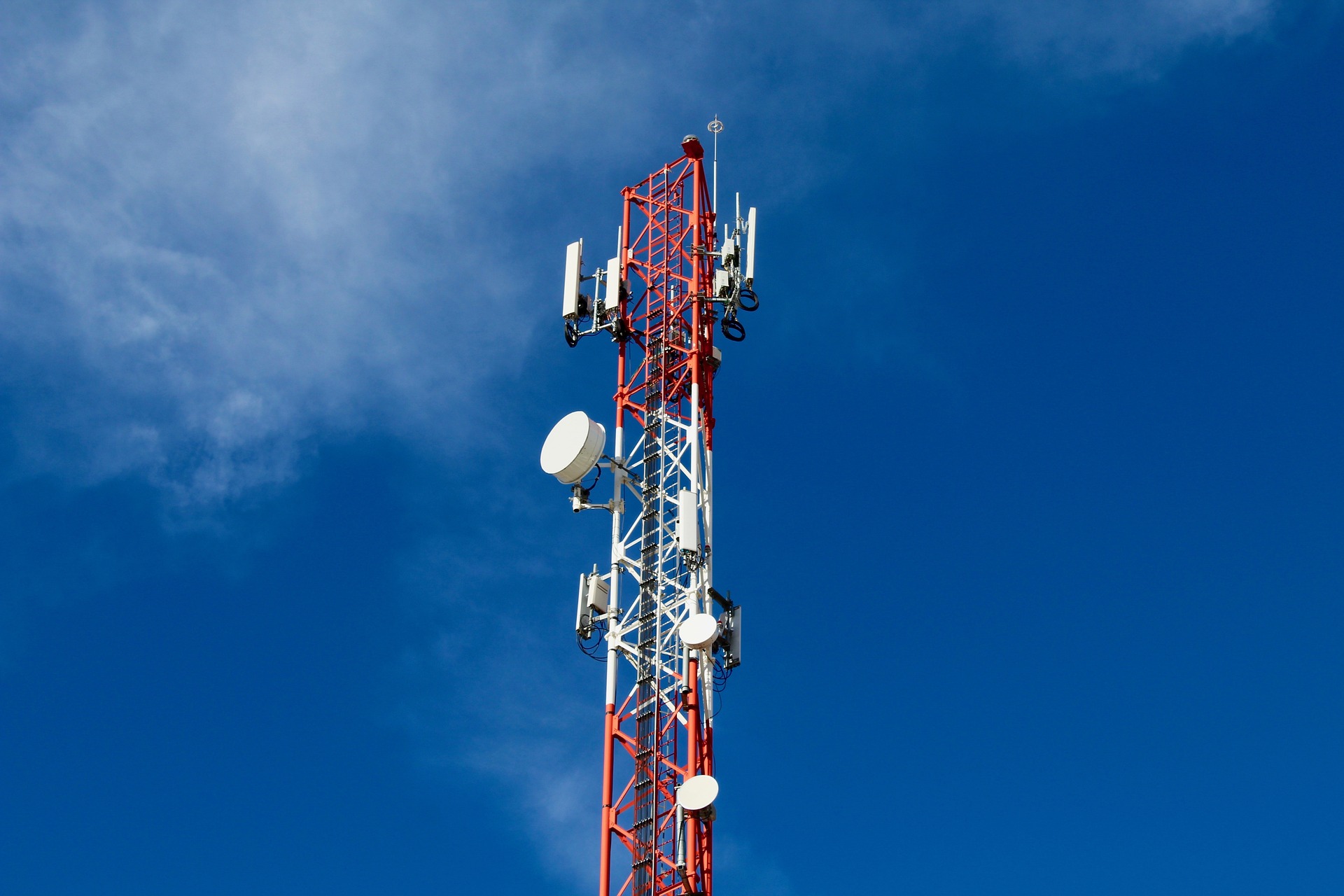Unveiling the Potential of Fixed Wireless Access Technology
The world of internet and telecommunications is a dynamic and rapidly evolving landscape, with new technologies constantly emerging and challenging the status quo. Among these, Fixed Wireless Access (FWA) technology stands as a promising solution to the ever-increasing demand for high-speed internet. With its potential to deliver broadband connectivity without the need for cables, FWA is set to reshape the future of digital communication, bringing numerous benefits to consumers and businesses alike.

The Genesis and Growth of Fixed Wireless Access
Fixed Wireless Access is not a new concept. It has its roots in the early days of radio communication, where it was used to provide telecommunication services over long distances. However, the advent of advanced wireless technologies has significantly expanded its capabilities, enabling it to deliver high-speed broadband connectivity.
The proliferation of FWA has been driven by several key technological advancements. These include the increasing adoption of wireless technologies like Wi-Fi and LTE, as well as the development of high-capacity spectrum bands. Furthermore, the evolution of network architectures towards more flexible and scalable designs has also played a crucial role in the growth of FWA.
The Current Landscape: FWA in Today’s Telecom Industry
In the current telecom landscape, FWA is gaining significant traction. Its ability to provide high-speed broadband connectivity without the need for physical infrastructure makes it a cost-effective solution for both urban and suburban areas.
One of the key factors driving the adoption of FWA is the growing demand for high-speed internet. As more and more aspects of our lives move online, the need for reliable and fast internet connectivity has never been greater. FWA, with its capability to deliver high-speed broadband, is well-positioned to meet this demand.
FWA: Impact, Challenges and Practical Applications
While FWA holds immense potential, it also comes with its own set of challenges. For instance, achieving stable and reliable connectivity over long distances remains a significant hurdle. Moreover, the availability of high-capacity spectrum bands, which are critical for delivering high-speed broadband, is limited.
Despite these challenges, FWA has several practical applications. For businesses, it can provide a cost-effective solution for connecting multiple sites or providing backup connectivity. For consumers, it can offer a viable alternative to traditional broadband services, especially in areas where cable or fibre connectivity is not available.
The Future Outlook: FWA and the Next Generation of Connectivity
Looking ahead, the future of FWA looks promising. With advancements in wireless technologies and network architectures, it is set to play a critical role in the next generation of connectivity.
One of the key trends shaping the future of FWA is the shift towards 5G. With its superior speed and capacity, 5G could significantly enhance the capabilities of FWA, enabling it to deliver even higher speeds and more reliable connectivity.
In conclusion, Fixed Wireless Access technology holds immense potential to reshape the future of digital communication. While there are challenges to overcome, its ability to deliver high-speed broadband connectivity without the need for physical infrastructure makes it a promising solution for the future of internet and telecommunications.




